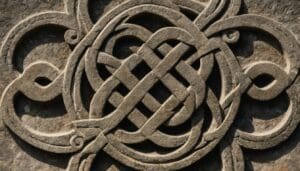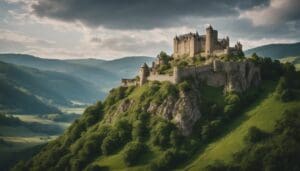Top Free Locations to Visit in Rome
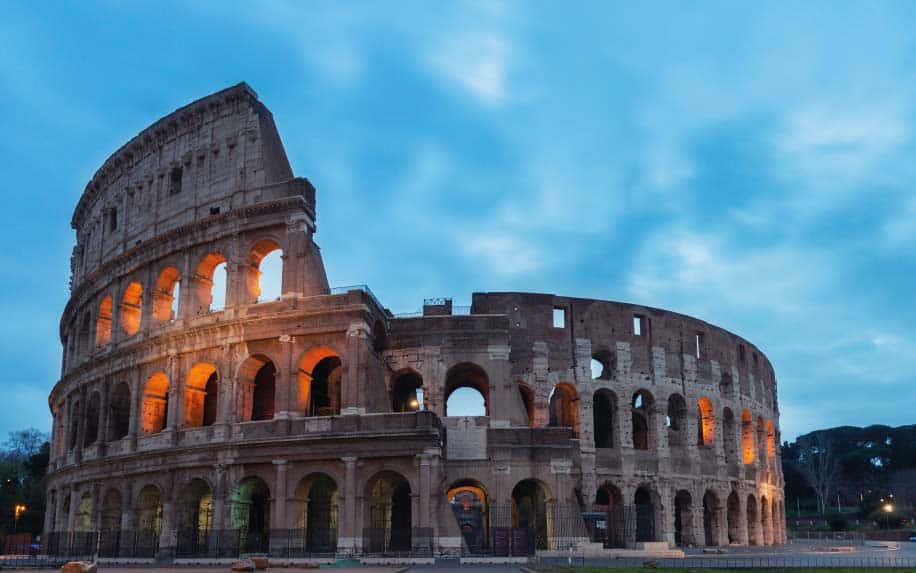
Updated On: November 08, 2023 by Dina Essawy
Rome is among Europe’s top open-air museums. Many of the city’s greatest landmarks, such as the Colosseum, Saint Peter’s Square at the Vatican, the Pantheon, the Roman Forum, the Trevi Fountain, Piazza Navona, the Spanish Steps, and Villa Borghese, may be enjoyed from the outside without having to walk inside.
Furthermore, many popular attractions are sometimes free to enter on certain days of the year, so let’s explore the place you can visit in Rome without having to spend too much money.
Explore the Many Piazzas in Rome and Climb the Spanish Steps
Like many Italian cities, in Rome, there are several lovely piazzas (or squares) where you may sit in one of the cafés or snap photos of the stunning statues that line the streets.
Piazza Navona
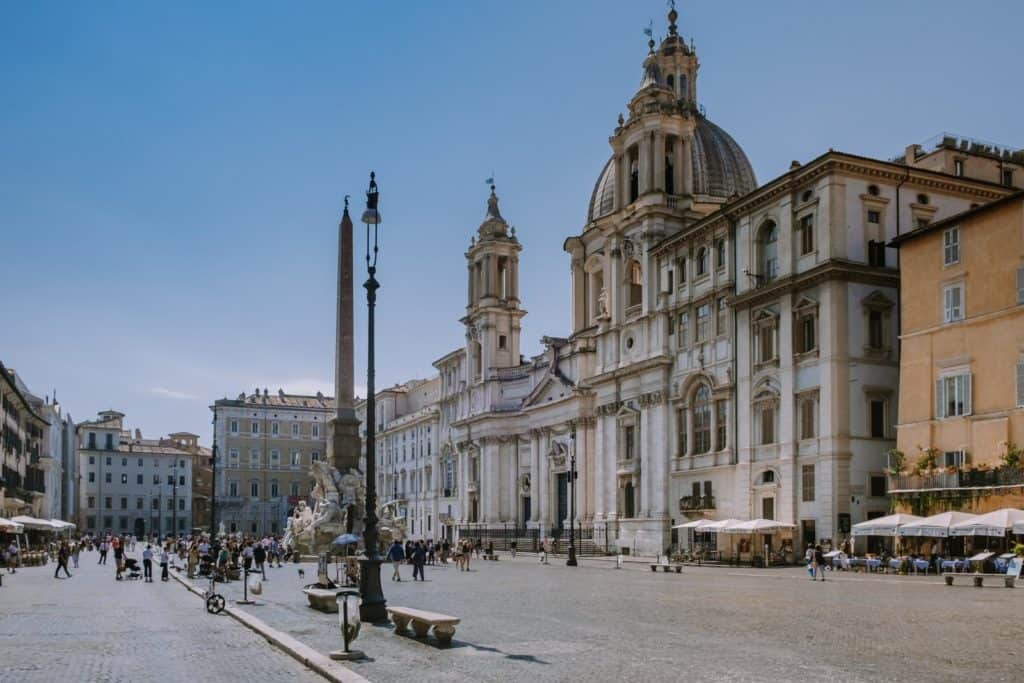
Piazza Navona, perhaps the most famous of these squares, is famed for its cafés and restaurants. It is also known as Circo Agonale, and it is one of Rome’s largest and most picturesque squares, where ancient Romans gathered to watch games.
It is located near the ancient Domitian Stadium and three fountains adorn the square. The most notable is the one in the centre, which was also built by Bernini and is embellished with four statues depicting the Nile, Danube, Ganges, and Rio de la Plata, representing important rivers from continents where Christianity was spreading. The square is flanked by restaurants and patios, and visitors may watch street performers such as magicians and dancers, making it a bustling gathering spot for both locals and tourists.
Piazza di Spagna
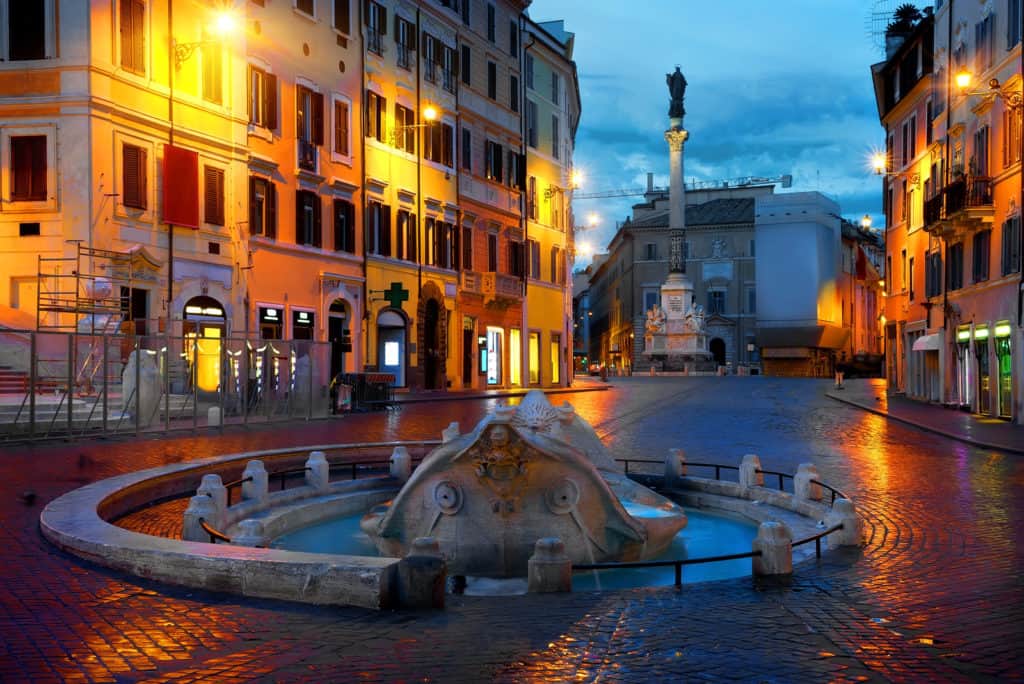
Piazza di Spagna is also one of Rome‘s most well-known squares. It is named after the Palazzo di Spagna, which houses the Spanish Embassy in the Vatican. In the centre of the square is the iconic Fontana della Barcaccia. Pietro Bernini and his son Gian Lorenzo Bernini created it.
The famed Spanish Steps and the residence of English poet John Keats are located above the square. Keats also lived there until he died in 1821 and it is now a museum displaying his belongings along with those of his friend Percy Bysshe Shelley, such as books and memorabilia of English romanticism.
Piazza Venezia
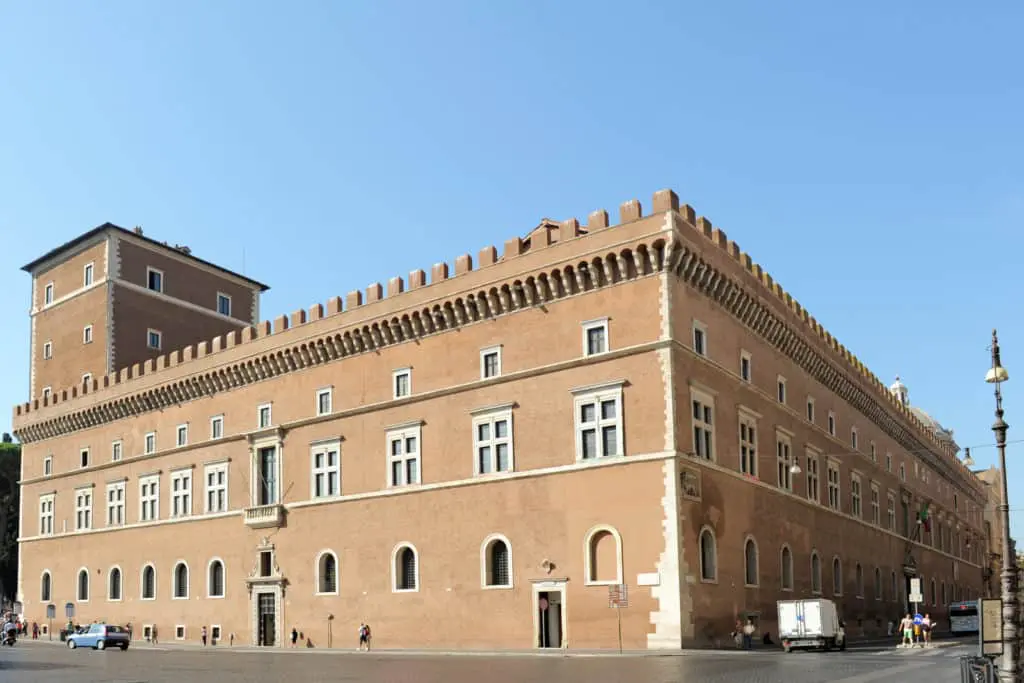
Piazza Venezia is located in the centre of Rome where there are several major thoroughfares, including the Via dei Fori Imperiali and the Via del Corso, intersect. It was named after the Palazzo Venezia, which was built opposite the cathedral of Saint Mark, Venice’s patron saint, by Venetian Cardinal Pietro Barbo (later Pope Paul II). The Palazzo Venezia functioned as the Republic of Venice’s embassy in Rome.
The Tomb of the Unknown Soldier in Italy is part of the Monument to Vittorio Emanuele II, the first monarch of Italy, and is located on one side of the Piazza in the Altare della Patria. The Via di Fori Imperiali runs from Piazza Venezia to the Colosseum, passing through the Roman Forum.
Piazza del Popolo
Piazza del Popolo is another large square in Rome, and it is named after the church of Santa Maria del Popolo, which is located in the piazza’s northeast corner. The plaza is located within the Aurelian Walls’ northern gate, which was completed between 271 and 275 AD.
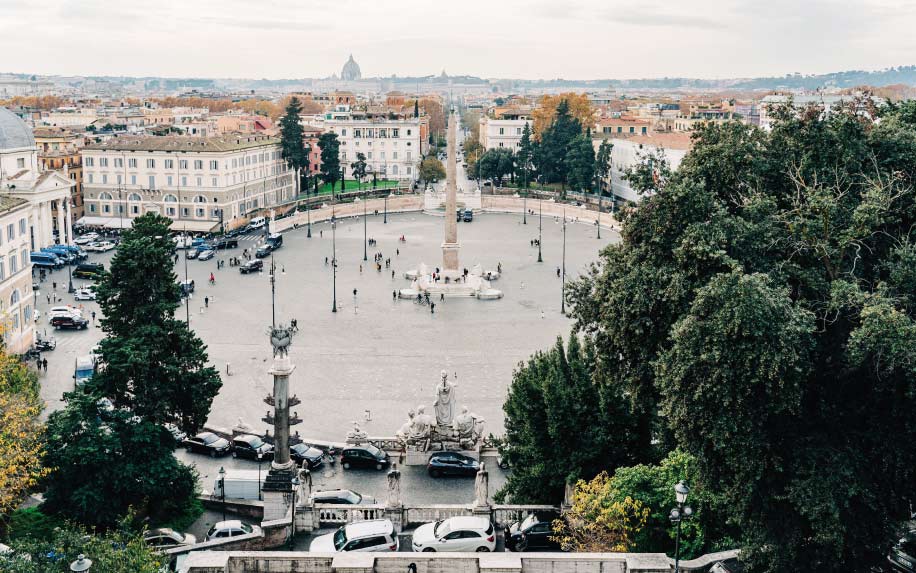
The Piazza del Popolo had been a site for public executions for centuries, with the most recent one taking place in 1826. Thankfully, it has moved on from its horrible history and is now one of Rome’s most beautiful areas. An Egyptian obelisk of Ramesses II from Heliopolis, Egypt, stands at the Piazza’s centre.
Piazza della Republica
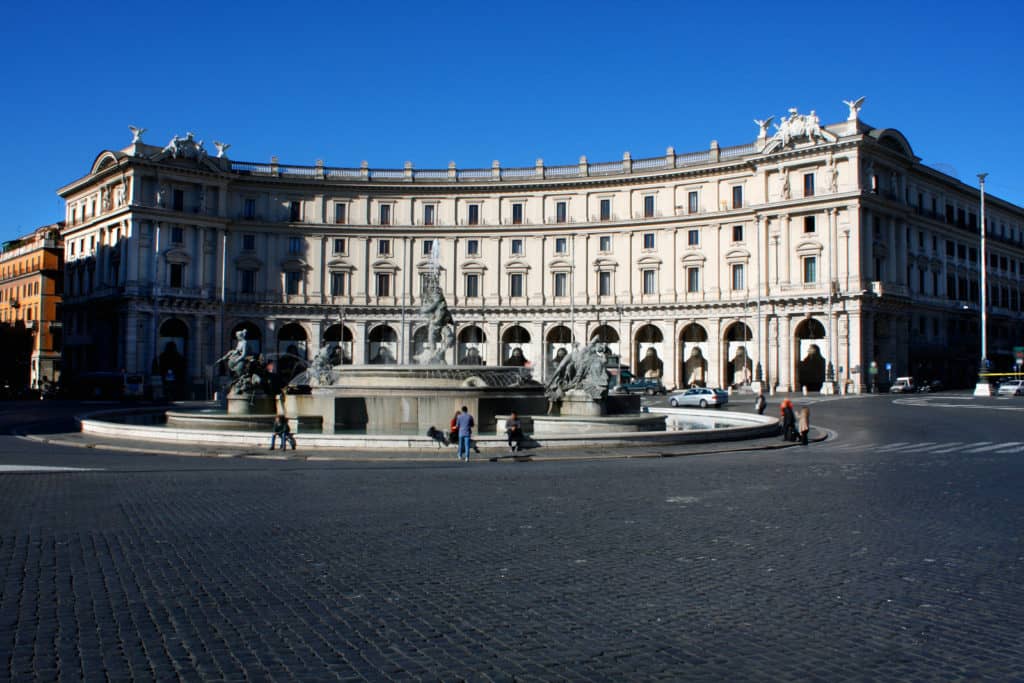
The Piazza della Republica, one of Rome’s most important squares, is located near the Termini station at the peak of Viminal Hill. The beautiful Fontana delle Naiadi stands in the Piazza della Repubblica’s centre. It was built between 1870 and 1888 and has four lion statues atop it. The lions were replaced in 1901 by four water nymph statues. Visitors can walk to the neighbouring Diocletian Baths and visit the Basilica of Santa Maria degli Angeli after exploring the square. It’s also not far from the Termini train station.
Pay a visit to the Colosseum
We would be foolish not to mention the Colosseum, one of Italy’s most well-known landmarks, which is one of Rome’s massive landmarks that can be enjoyed from anywhere on the street as you pass by. While many people choose to visit the Colosseum to investigate its inside, it is also quite beautiful to see from the outside and take as many shots as you want.
This magnificent structure, also known as the “Flavian Amphitheatre,” was built during Emperor Vespasian’s reign in 72 A.D. and completed during the reign of Titus, around 80 A.D. The amphitheatre has the capacity to hold between 50,000 and 80,000 people. It has 80 arches with Doric, Ionic, and Corinthian columns adorning them.
The Colosseum was used for gladiatorial fights, hunting, executions witnessed by the crowds, re-enactments of famous battles, and theatrical performances of Classical mythology. In the early mediaeval century, the structure was no longer used for entertainment. It was eventually used for a variety of purposes, including residences, workshops, religious order apartments, a castle, a quarry, and a Christian shrine.

The Colosseum is still an iconic symbol of Imperial Rome and is included as one of the New 7 Wonders of the World, despite being severely damaged by earthquakes, thieves, and stone-robbers. It has ties to the Roman Catholic Church as the Pope leads a torchlit “Way of the Cross” procession every Good Friday that begins at the Colosseum. With 7.4 million visits in 2018, it was the world’s most popular tourist destination that year.
Roman Holiday, Gladiator, The Lizzie McGuire Movie, Jumper, and the animated picture Madagascar 3: Europe’s Most Wanted have all included scenes featuring the legendary Colosseum.
Walk up the Capitoline Hill
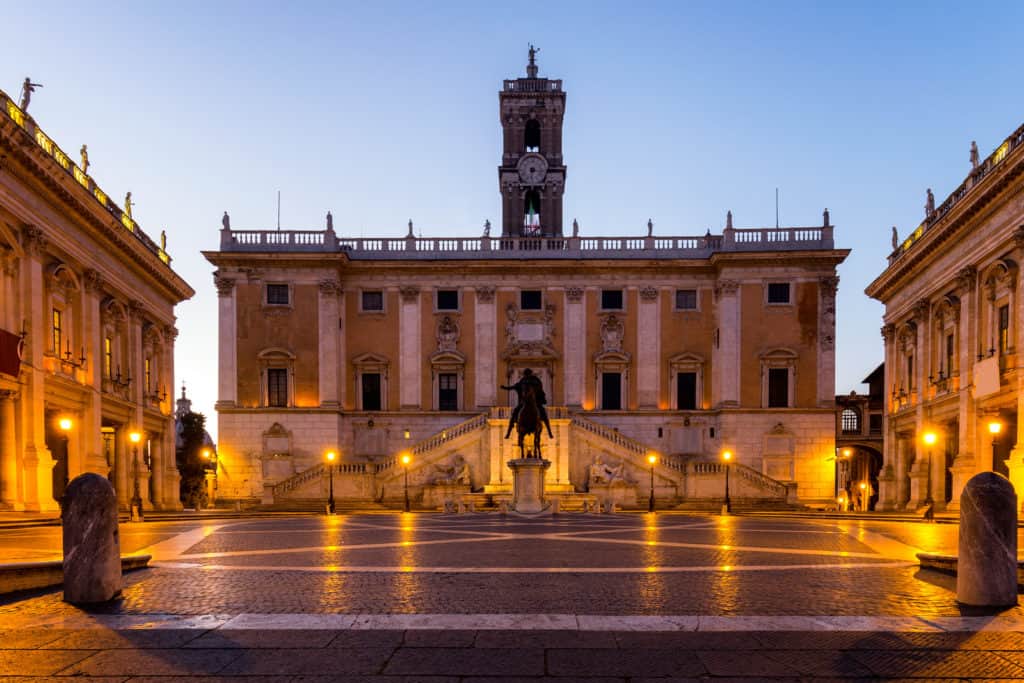
Capitoline Hill is one of Rome’s Seven Hills. The Romans viewed the Capitoline as indestructible, perhaps even a symbol of eternity. This is one of the best things to do in Italy on a budget.
Capitoline Hill has a few ancient ground-level, including Medieval and Renaissance palaces, as well as the Capitoline Museums, which are situated around a Michelangelo-designed piazza.
It is widely assumed that Capitol Hill in Washington, D.C. is named after Capitoline Hill.
Throw a Coin into the Trevi Fountain
The Trevi Fountain, one of Italy’s and the world’s most renowned tourist attractions, is a breathtaking sight to see. The Trevi Fountain is known as the Three Street Fountain because it is located at the intersection of three roads (tre vie).
Nicola Salvi, an Italian architect, created the Trevi Fountain, which was completed by Giuseppe Pannini. It is the city’s largest Baroque fountain, at 26.3 metres tall and 49.15 metres wide.
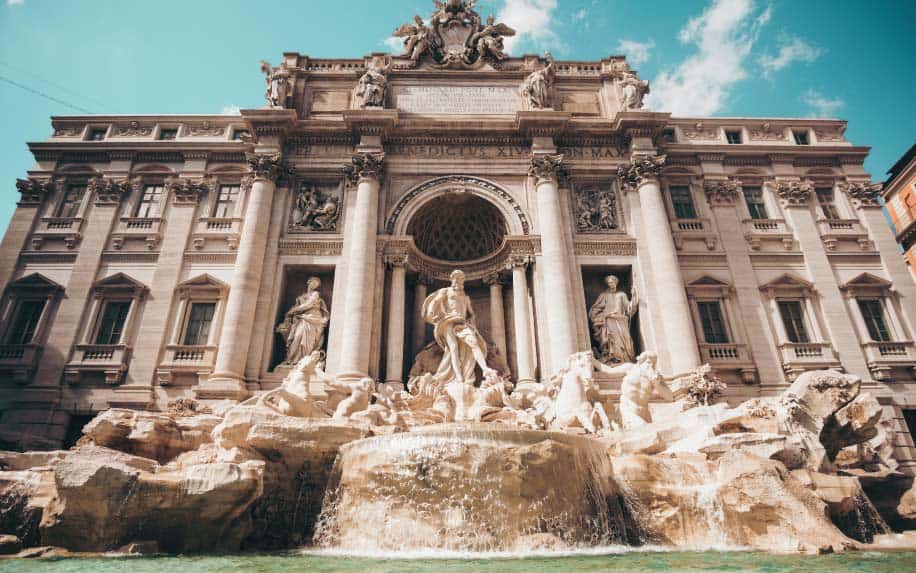
Although thousands, if not millions, of tourists, annually toss pennies into the Trevi Fountain, few are aware that the coins are supposed to be flung with the right hand over the left shoulder. Tossing one coin indicates you’ll return to Rome, tossing two coins means you’ll fall in love, and tossing three coins means you’ll return to Rome, find love, and perhaps even get married.
Every day, an estimated 3,000 euros are tossed into the fountain. A total of €1.4 million was thrown into the fountain in 2016 alone.
Roman Holiday, Federico Fellini’s La Dolce Vita, The Lizzie McGuire Movie, and Sabrina Goes to Rome are just a few of the films that feature the fountain. In Walt Disney World, there is also a reproduction of the Trevi Fountain.
After actor Marcello Mastroianni, the star of La Dolce Vita, died in 1996, the fountain was turned off and shrouded in black crepe. The film is said to have boosted the popularity of the Trevi Fountain.
Explore Circus Maximus
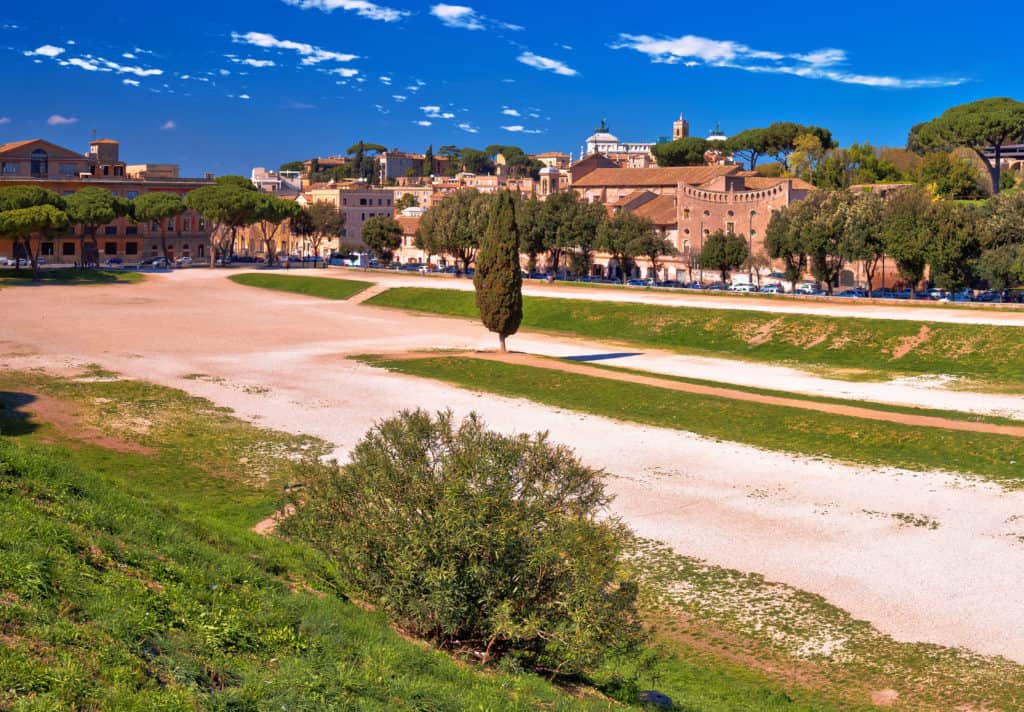
Situated in the middle of the Aventine and Palatine Hills, Circus Maximus is an ancient chariot-racing stadium and mass entertainment venue. It was ancient Rome’s first and largest stadium, with a capacity of over 150,000 spectators. It is now a public park.
If the weather permits, you can take a walk around the park and take in the expansive views.
Ride a Bike around Villa Borghese
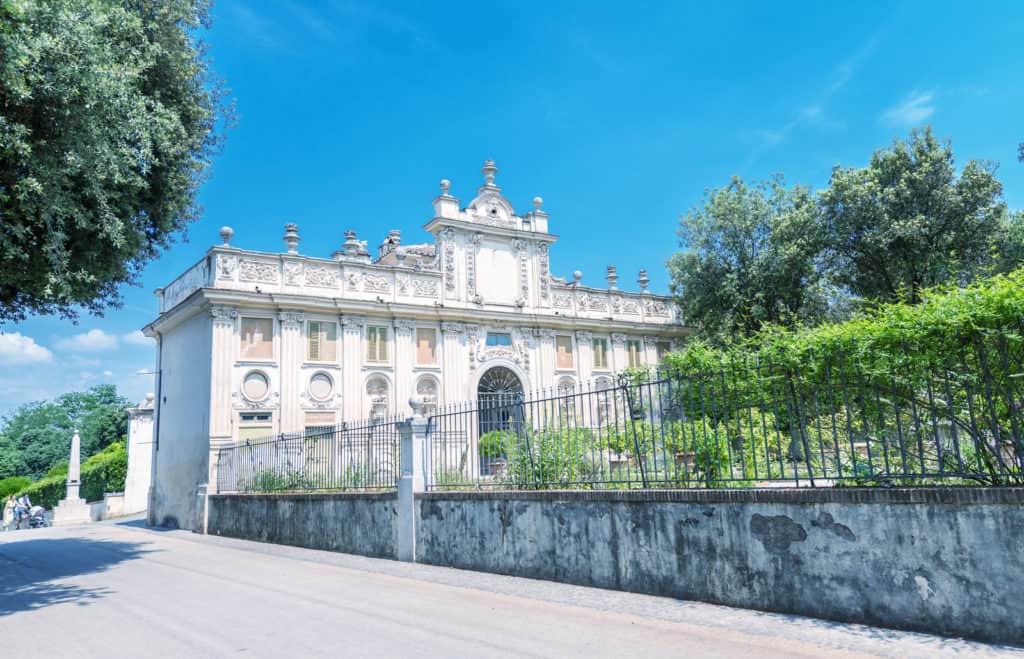
The Villa Borghese in Rome is a large landscape garden with various buildings, museums, and attractions. The gardens were created for the Villa Borghese, which is located on the outskirts of Rome. The gardens as they are today were redesigned in the late 1800s.
The gardens of Villa Borghese were first available to the public in 1903. Several villas are located within the big landscape park. The gardens are accessible from a number of locations, including the Spanish Steps and Piazza del Popolo’s Porte del Popolo. The Pincian Hill, located to the south of the park, has one of the best views of Rome.
Entry to the gardens is free and you can rent a bike to go around the extensive grounds. When you approach the gorgeous lake in the middle, you can rent a boat and paddle around the lake while listening to the sounds of local street musicians, who are frequently present in the area.
Marvel at the Pantheon
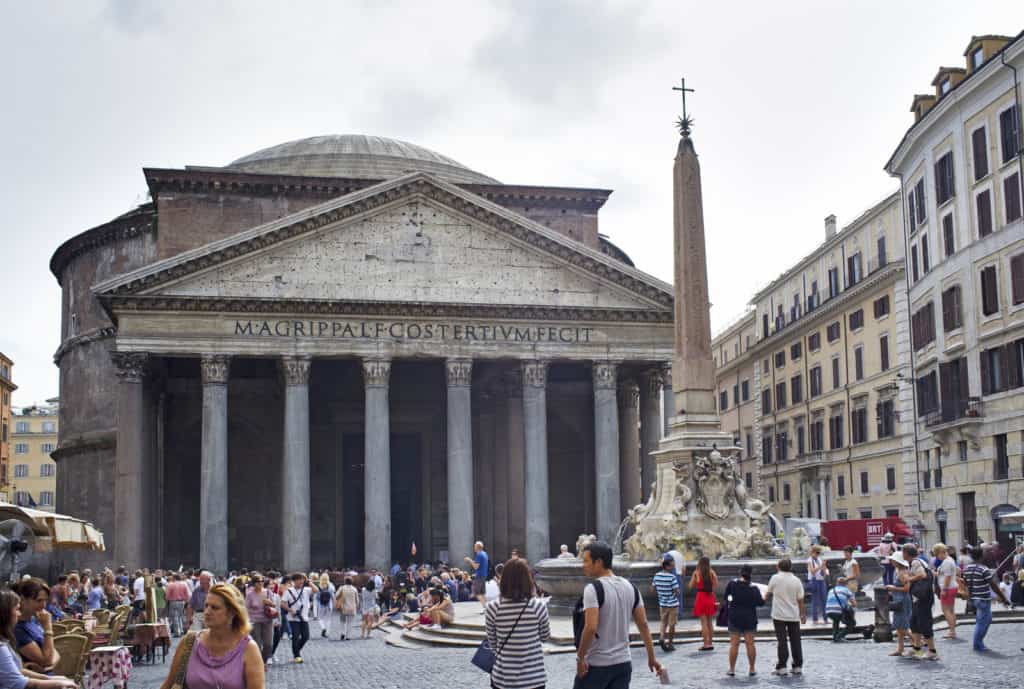
The Pantheon is a historic Roman temple in Rome that is now a church. It has been in continuous use since the 7th century and is one of the best-preserved of all Ancient Roman structures. The Pantheon attracts millions of visitors every year.
Vittorio Emanuele II and Umberto I, as well as Umberto’s queen, Margherita, are buried in the Pantheon. It is also used as a wedding venue on occasion.
Test Your Honesty and Put your Hand in the Mouth of Truth (Bocca della Verità)
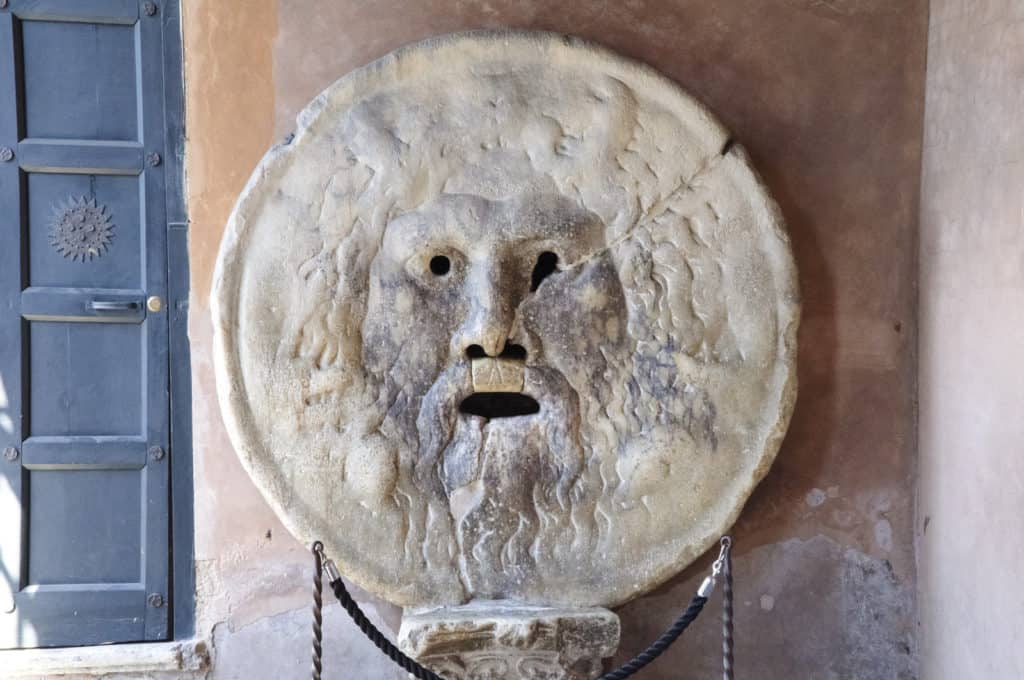
The Mouth of Truth is a marble mask hung in the Piazza della Bocca della Verità, opposite the portico of the cathedral of Santa Maria in Cosmedin.
The 1300 kg façade shows the face of Oceanu, the sea giant god, with his jaws open. Although historians are unsure of its original function, it is thought to have been employed as a drain cover at the neighbouring Temple of Hercules Victor.
The Mouth of Truth was also included in Audrey Hepburn and Gregory Peck’s classic film Roman Holiday, released in 1953.
A husband who mistrusted his wife, according to folklore, escorted her to the Mouth of Truth to prove her faithfulness. The woman reacted by swooning, and her lover snatched her up in his arms. The woman then swore in front of the Mouth of Truth that she had only been in the arms of her husband and the man who had just grabbed her.
Many rumours have spread over the years about the Bocca della Verità, but one thing is certain: it is still one of Rome’s most fascinating and popular tourist attractions.
The location is open for free from 9:30 am to 5:50 pm.
Walk around the Vatican Museums and Enter the Sistine Chapel
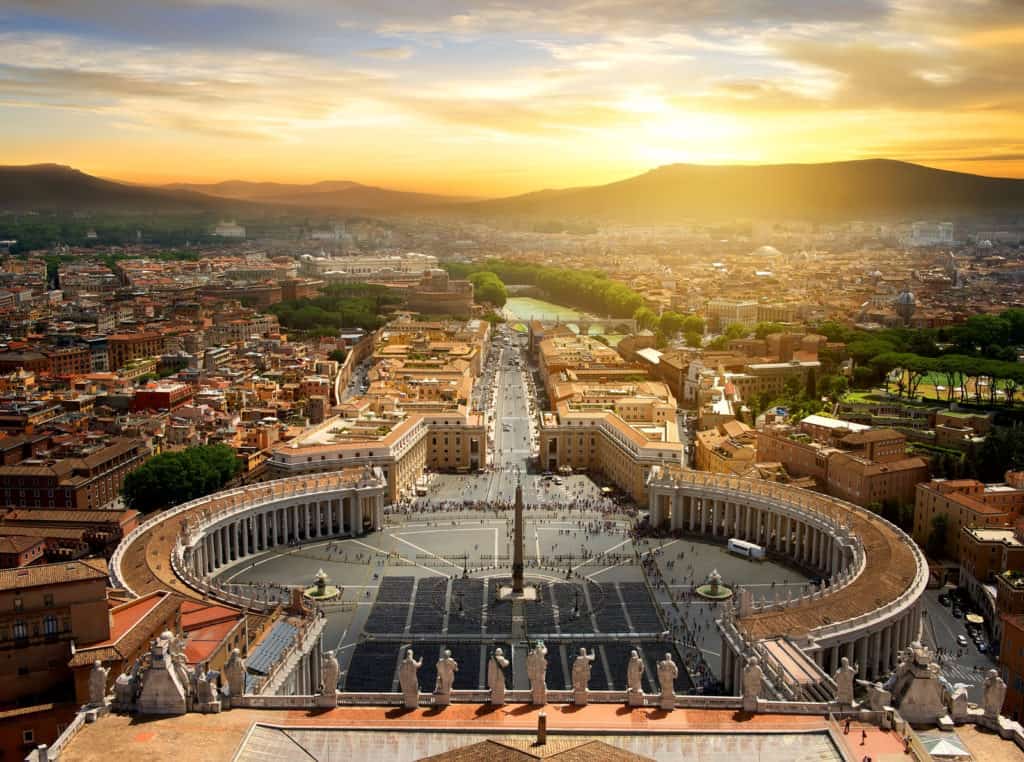
The Vatican City is the world’s smallest country and an independent country within Rome, making it the sole example of a city within a city, effectively making Rome the capital of two states.
The Pope, who is also the bishop of Rome and the leader of the Catholic Church, is in charge of Vatican City. Religious and cultural sites within the Vatican City include St. Peter’s Basilica, as well as the Vatican Museums and the Sistine Chapel. They house some of the most well-known paintings and sculptures in the world.
The museums feature artefacts from Greek to Egyptian and Roman art, as well as early Christian art, and medieval art displayed within the Georgian Egyptian Museum, Braccio Nueovo, Borgia Apartment (Contemporary Art), the Sistine Chapel, Christian Museum, Museums of the Vatican Library, Gregoriano Profano Museum, and many more.
The Sistine Chapel, formerly known as the Cappella Magna (Great Chapel), is where the process of electing a new pope takes place. The Last Judgment by Michelangelo, who built a scaffold to be able to paint the ceiling himself, earned the Chapel recognition for the beautiful features of its interior, particularly its ceiling.
The Vatican Museums ordinarily require tickets, but from 9:00 am to 2:00 pm on the last Sunday of each month, tourists can enter for free.
Marvel at St. Peter’s Basilica
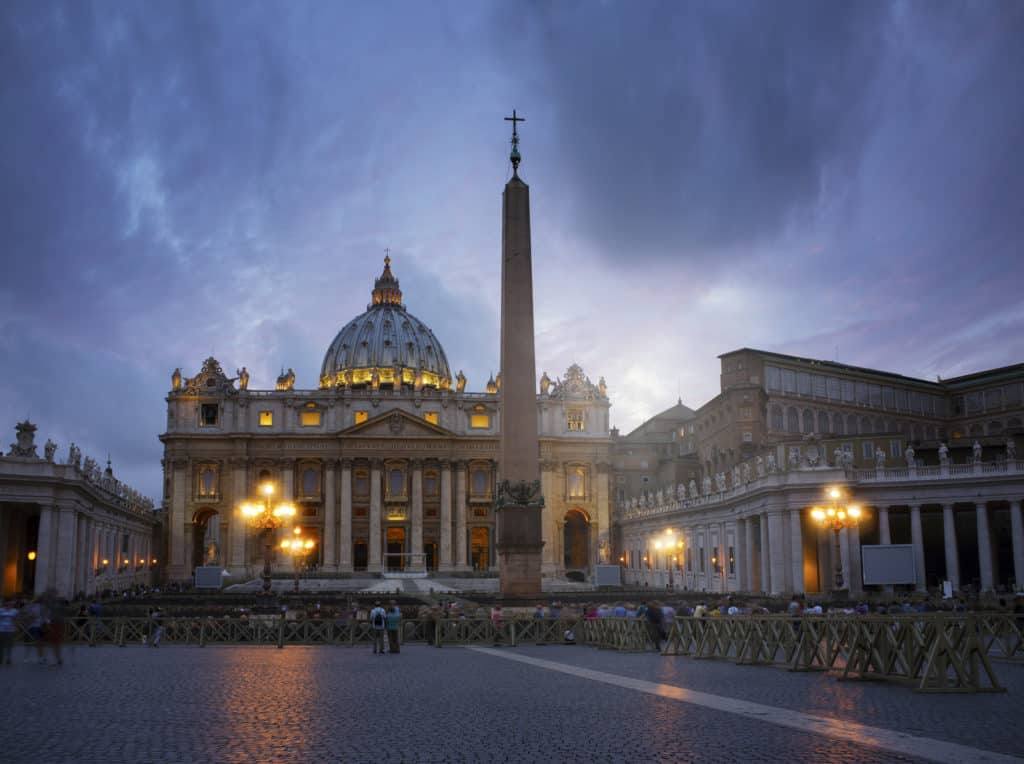
The Vatican’s Papal Basilica of St. Peter is a Renaissance-style basilica in the heart of Vatican City, designed by Michelangelo, Bernini, Donato Bramante, and Carlo Maderno. It is regarded as the most renowned Renaissance work of architecture as well as the world’s largest church.
The Basilica is supposedly the burial site of Saint Peter, the chief apostle of Jesus and the first Bishop of Rome (Pope), whose tomb lies just beneath the basilica’s high altar.
It is Rome’s largest square (240 metres wide and 340 metres long), with a 25-meter-high Egyptian obelisk in the centre. The relic of the genuine Holy Cross is claimed to be kept in the cross on top of the obelisk. Bernini designed the elegant colonnade that surrounds the area, as well as the 140 saint statues that embellish it.
The Basilica is free to enter, but a ticket is necessary to climb to the top of the Dome (551 steps) for €6 or to take a shortcut by using a lift and then climbing 320 stairs for €8.
See Rome from Above at the Janiculum Hill
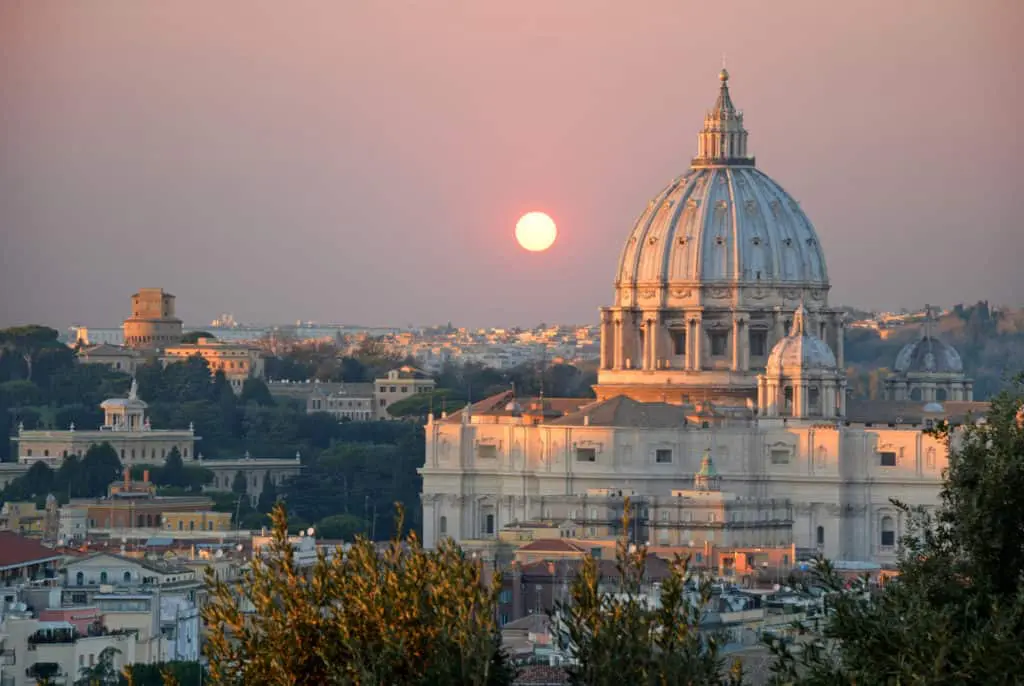
The Janiculum Hill was thought to be the centre of the god Janus’ religion, from which it earned its name. The cult’s priests are said to have stood atop the hill to look for signs from the gods because of its picturesque location overlooking the city.
The Garibaldi Monuments, a famous military leader who led to the unification of Italy and the founding of the Kingdom of Italy, are among the many memorials and statues on the hill.
The Manfredi Lighthouse (the Janiculum Lighthouse) was built in 1911 as a gift from Italian immigrants in Argentina to Rome, and the Independence War Memorial honouring Italian heroes.
The Fontana dell’Acqua Paola, commonly known as Il Fontanone (“The Big Fountain”), is a magnificent fountain on Rome’s Janiculum Hill.
The monastery complex of San Pietro in Montorio and Tempietto at the bottom of the hill was built in the late 15th century and was supposed to be the location where St. Peter was martyred.
The Orto Botanico, located on the eastern slope of Janiculum Hill, is a huge botanical park with thousands of plant varieties, a historic greenhouse, a massive stairway, and two fountains that were established in the 19th century. However, keep in mind that the botanical garden is not accessible from Janiculum Hill. The primary entrance is at the Corsini Palace, at the foot of the hill.
Locals frequently visit this hill for a stroll or hike to the summit, where there are some activities for children, including a puppet theatre, and visitors can take in the breathtaking views from above. You can wander along the Janiculum Promenade or Hero’s Park (Parco degli Eroi), which honours the 84 partisans who battled and died in 1849 to protect the Roman Republic from the French invasion.
Just keep in mind that a cannon shell has been fired from Janiculum Hill every day since 1904. Of course, it’s blank, and its purpose is to help you keep track of time.
Make a Wish at St. Mary’s In Trastevere
One of Rome’s oldest churches is the Basilica of Santa Maria in Trastevere. The church’s construction goes back to the 340s. Large portions of important mosaics by Pietro Cavallini from the late 13th century can be seen throughout the church.
The outside of the church, including the 12th-century bell tower, is covered in magnificent golden mosaics. The building’s interior is split into three naves by columns from Caracalla’s Baths.
The sculpture of San Antonio, which is known for granting wishes, can be found at the left nave’s entrance. Many visitors submit petitions in the hope that their wishes would be answered someday.
You can enter the church for free and it is open every day from 7:30 am to 9:00 pm.
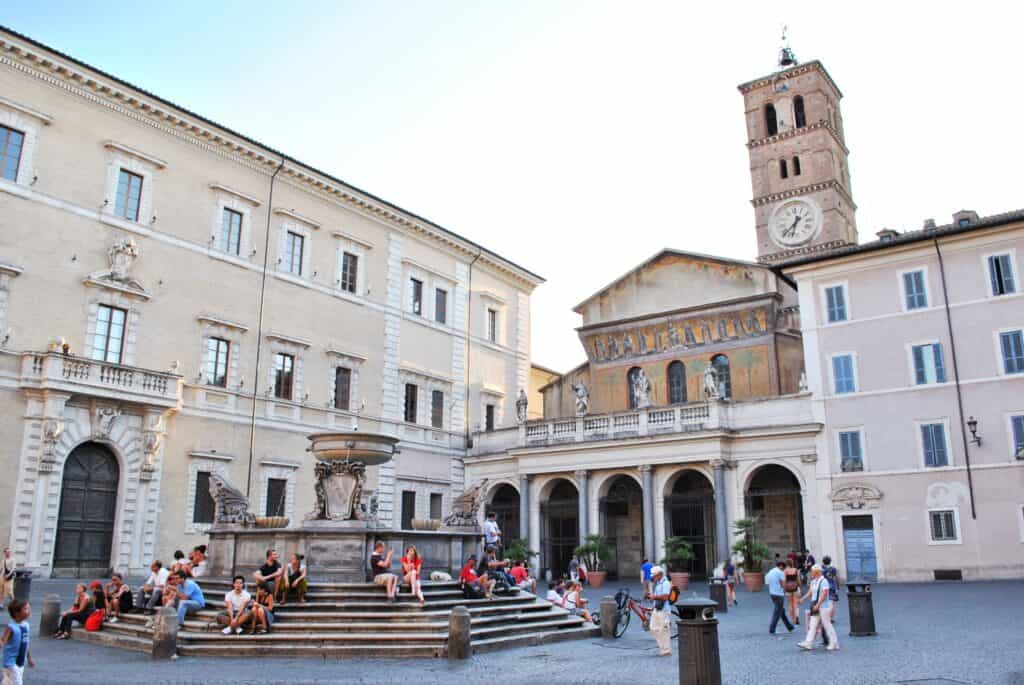
Find Out about Italian Victories at the Arch of Constantine
The Arch of Constantine is a triumphal arch in Rome, between the Colosseum and the Palatine Hill, and it leads to Via triumphalis, the road that emperors took as they entered the city after a huge triumph in battle. It was built to commemorate Constantine I’s victory in the battle against Maxentius at the Milvian Bridge in 312 AD. It’s the world’s largest triumphal arch.
Because of its growing popularity, the Arch of Constantine is now one of Rome’s most photographed monuments.
Admire Michelangelo’s Moses at San Pietro in Vincoli
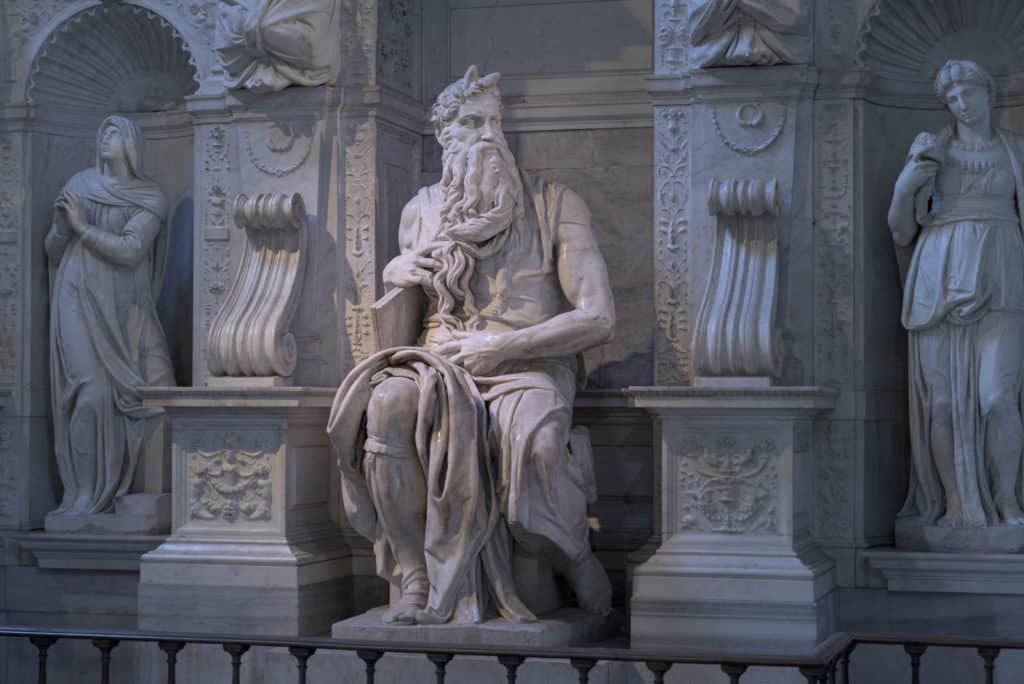
San Pietro in Vincoli is a tiny basilica in Rome most known for housing Michelangelo’s Moses statue, which is part of Pope Julius II’s tomb. The mausoleum is dimly lighted unless one of the visitors makes a donation, at which point it is illuminated.
The church is located on Oppian Hill, not far from the Colosseum. It was constructed in the fifth century to hold the relics of Saint Peter’s chains, which he wore during his imprisonment in Jerusalem.
According to history, Pope Leo I received the chains as a gift from Empress Eudoxia, and he had the Basilica of San Pietro in Vincoli erected to hold the relic.
The San Pietro in Vincoli Basilica, unlike other basilicas and churches in Rome, has a simple designed and ornate interior.
Every day, from 8 a.m. to 12:30 p.m. (midday) and from 3 p.m. to 7 p.m., the Basilica is open. Entry is free of charge.
Tread through the Baths of Trajan
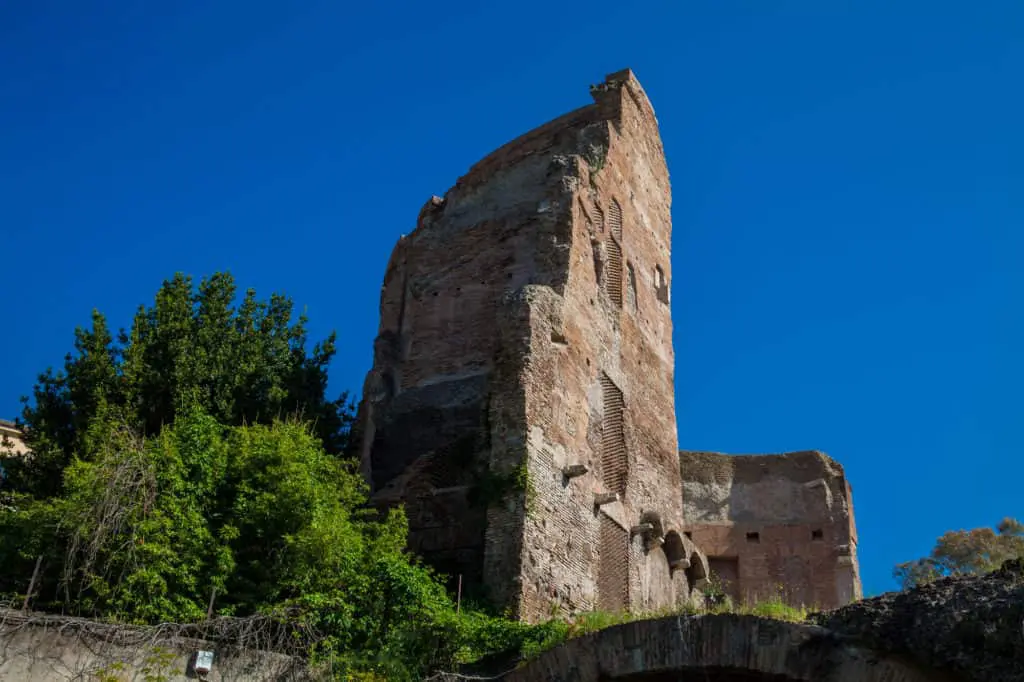
From 104 AD, the Baths of Trajan were a vast bathing complex in ancient Rome. Emperor Trajan had the structure built on the southern slope of the Oppian Hill, near the opulent Palace of Nero (Domus Aurea).
In the early fifth century, Roman residents, both men and women, used the baths as a leisure and social centre. The baths were no longer used after that.
Only a few ruins of the ancient complex survive, and they can be found in Oppian Hill’s park.
Cross the Porta Pia
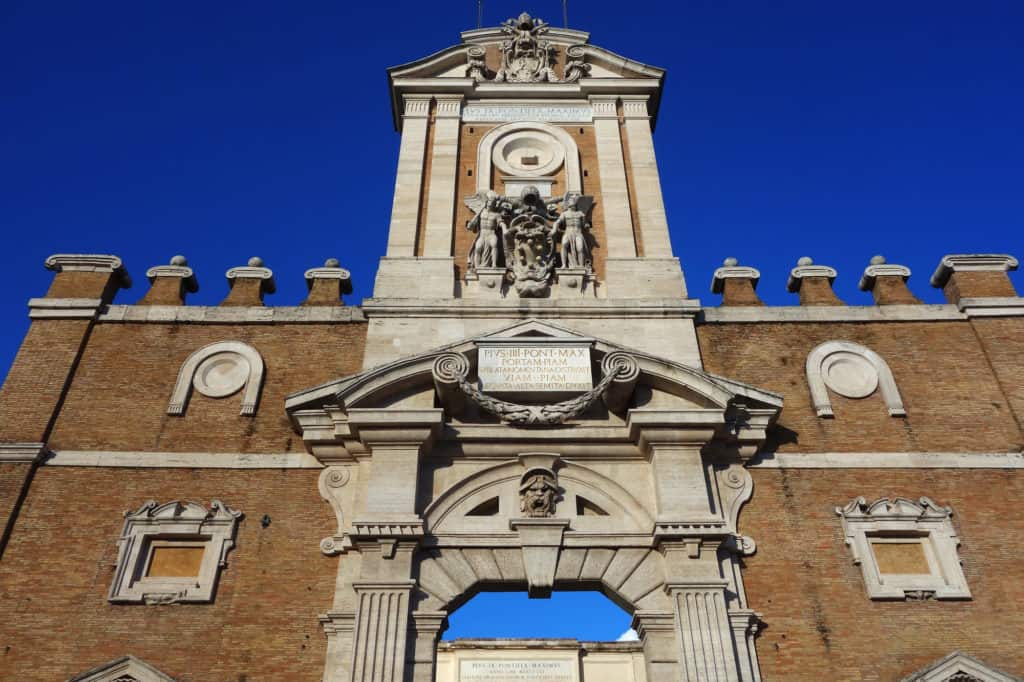
The Porta Pia is a gate in Rome’s Aurelian Walls. It was built by Pope Pius IV, who was also responsible for its construction, and designed by Michelangelo, as a replacement for the Porta Nomentana. It is located at the end of a new street, Via Pia. After the artist’s death in 1565, construction began in 1561 and ended in 1565.
Venerate the Holy Stairs at the Basilica of St. John Lateran
The Basilica was built in honour of St. John the Baptist and St. John the Evangelist in the fourth century. It is the most important of the four main basilicas and the Cathedral of Rome.
The territory of the Lateran family was confiscated in the fourth century after one of their relatives was suspected of plotting against the Emperor. The Bishop of Rome was given the task of constructing the first Roman basilica.
The Basilica of St. John proved to be remarkably strong, surviving three fires and an earthquake in 897 in its original structure.
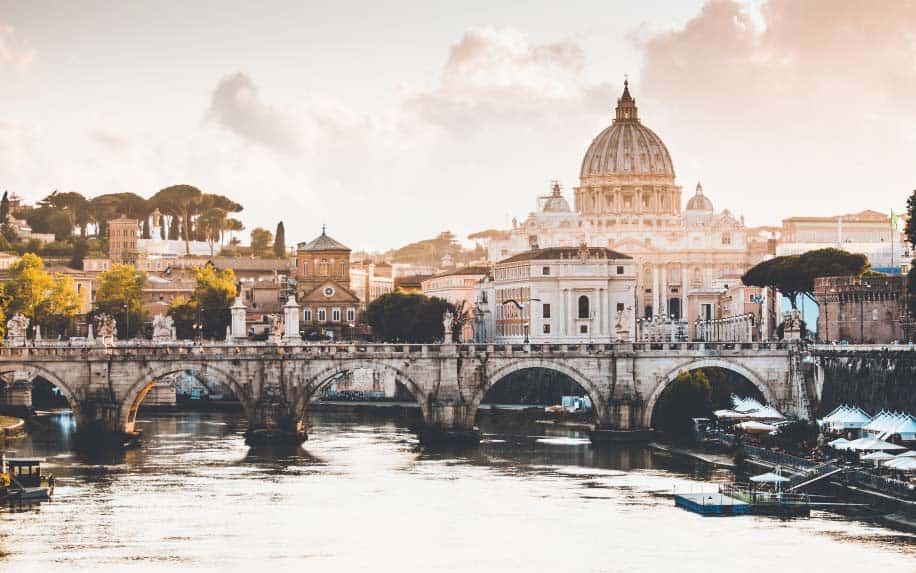
From the ceiling to the ground, the Basilica’s interior is adorned with huge statues, mosaics, and murals.
The Basilica is also close to the Holy Stairs (Scala Santa). They are famous because it is said that Jesus stepped on them. In 326, St Helena moved them from Jerusalem to Rome.
The Basilica of St. John is open daily for free from 7:00 a.m. to 6:30 p.m.
Walk through the Appian Way
The Appian Way is one of ancient Rome’s first and most important Roman highways. It ran from Rome to Brindisi, in the southeast of the country. The road is named after Roman censor Appius Claudius Caecus, who built the first section to pave the way for the military during the Samnite Wars in 312 BC.
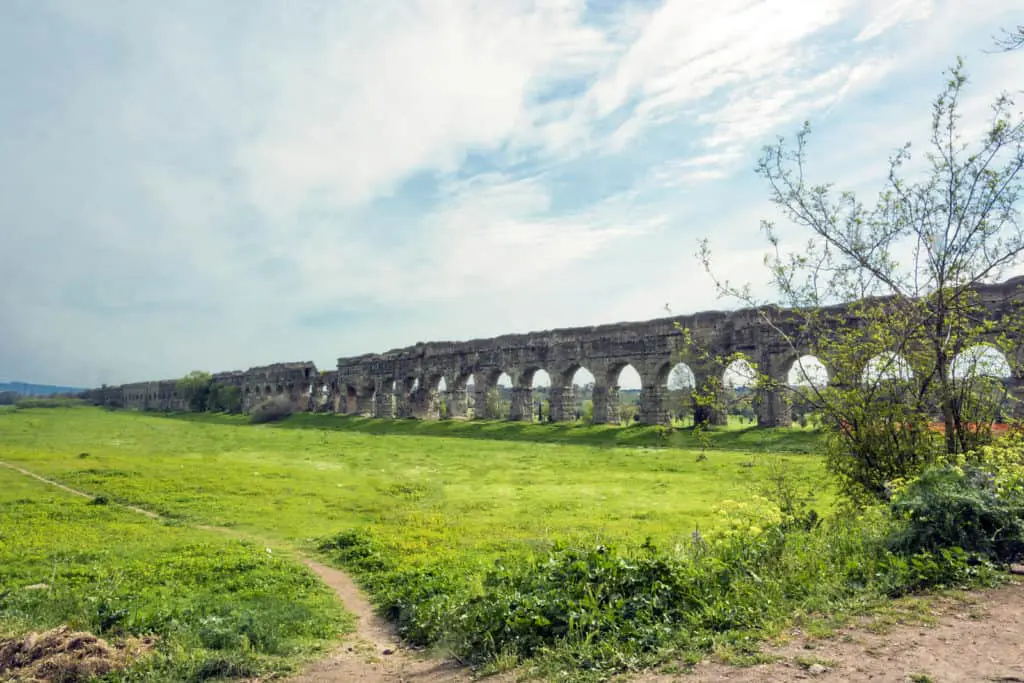
Along the Appian Way, several historical events occurred, notably the crucifixion of Spartacus’ army. Spartacus led a slave uprising against the Romans in 73 BC. Spartacus defeated many Roman forces during the fight, which lasted two years. He accidentally moved his soldiers into the historic trap in Apulia/Calabria, pinning them between armies, while attempting to flee Italy at Brundisium. Thousands of rebels who managed to flee the conflict were apprehended and killed. 6,000 slaves were crucified along the 200-kilometer Via Appia between Rome and Capua in 71 BC.
During World War II, the Appian Way was also the site of combat in 1943. The fight lasted four months, and the Allies eventually reclaimed Rome from the Germans.
The Appian Way was part of the men’s marathon route during the 1960 Summer Olympics.
The current Appian Way is a restored version of the ancient one (Via Appia Antica), which had fallen out of use and was restored by Pope Pius VI in 1784, when a new one, Via Appia Nuova (New Appian Way), was created parallel to the old one.
The historic Appian Way is still open to the public as a free tourist attraction. Cars, buses, and coaches still utilise the first 5 kilometres, but after that, traffic is quite limited, and the ruins can be visited on foot in reasonable safety.
The second mile of the road is occupied by the Church of Domine Quo Vadis. Moving on, you’ll come across three Roman and early Christian catacombs, as well as one Jewish catacomb.
There are many attractions in Rome that can be enjoyed if you’re travelling on a budget. This beautiful city accommodates everyone equally and you can still enjoy your trip no matter how much you spend. Be sure to visit some of the attractions on this list to get a glimpse of the best Rome has to offer.
You should also check out our guide to the best things to do in Sienna.


